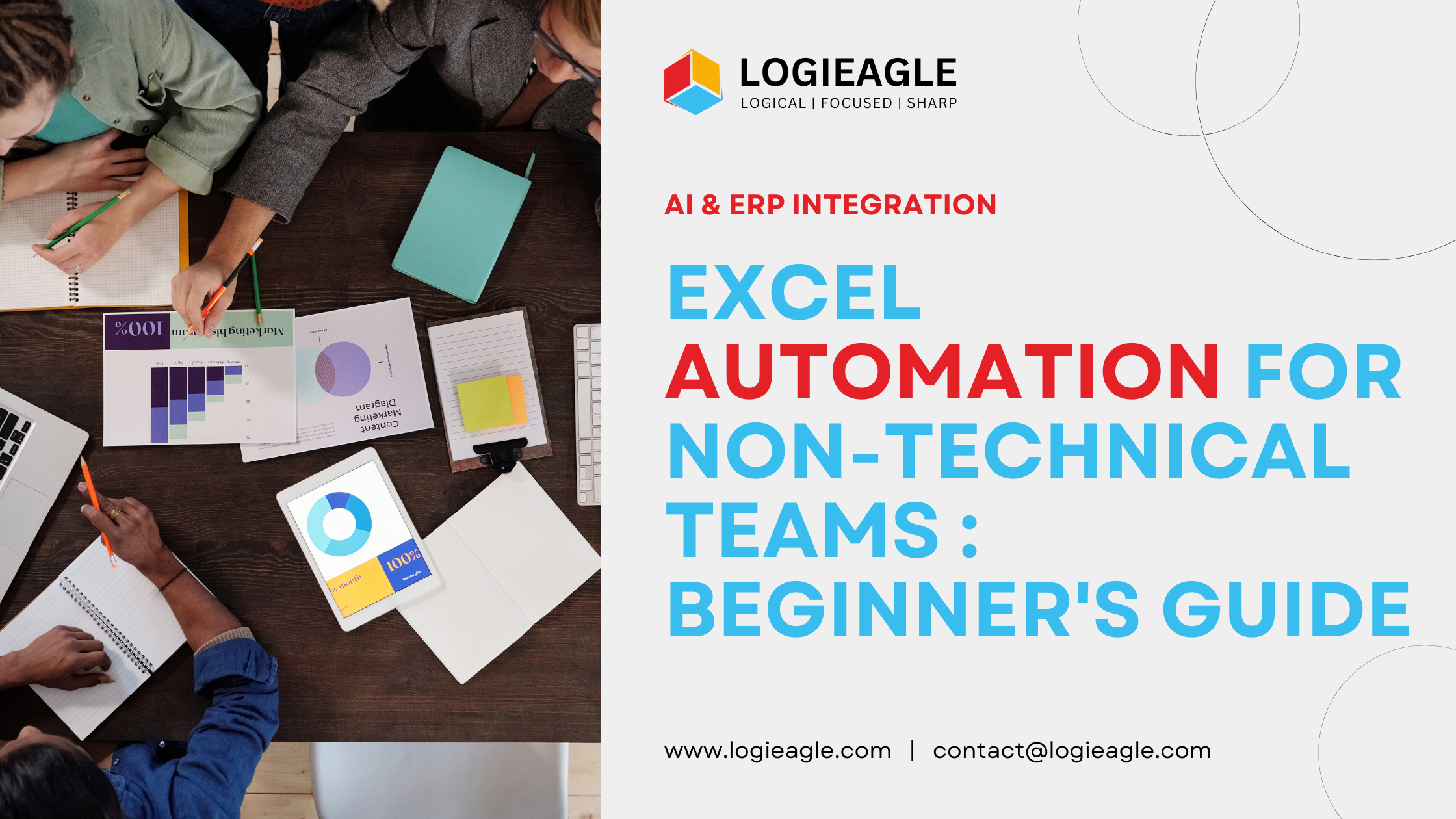
In today’s digital age, data is the new currency. Organizations that harness the power of data analytics gain a competitive edge, driving innovation, efficiency, and growth. However, transitioning to a data-driven culture isn’t without its challenges. In this blog, we’ll explore the hurdles many organizations face and offer practical solutions to cultivate a thriving data-driven environment.
Challenges:
- 1. Resistance to Change: One of the primary obstacles to establishing a data-driven culture is resistance from employees accustomed to traditional decision-making processes. Skepticism about new technologies or fear of job displacement can hinder adoption.
- 2. Data Quality and Accessibility: Poor data quality and lack of accessibility can undermine the credibility of analytics initiatives. Siloed data across departments, inconsistent formats, and outdated systems make it difficult to derive meaningful insights.
- 3. Skill Gap: Data analytics requires specialized skills in statistics, programming, and data visualization. Many organizations struggle to recruit or upskill existing talent to meet the demands of a data-driven environment.
- 4. Cultural Barriers: A culture that doesn’t prioritize data-driven decision-making can stifle innovation. In some cases, organizational hierarchies or rigid processes may discourage employees from experimenting with data-driven approaches.
Solutions:
- 1. Leadership Buy-In and Communication: Leadership endorsement is crucial for fostering a data-driven culture. Executives should communicate the strategic importance of data analytics, set clear objectives, and lead by example by incorporating data into their decision-making processes.
- 2. Investment in Infrastructure: Organizations must invest in robust data infrastructure to ensure data quality, accessibility, and security. This includes implementing data governance frameworks, modernizing legacy systems, and adopting cloud-based platforms for scalability and flexibility.
- 3. Training and Development: To bridge the skill gap, organizations should provide comprehensive training programs in data analytics and visualization tools. Investing in continuous learning initiatives, such as workshops, certifications, and mentorship programs, empowers employees to leverage data effectively.
- 4. Fostering a Collaborative Environment: Encouraging collaboration between data analysts, business stakeholders, and decision-makers is essential for success. Cross-functional teams can work together to identify business challenges, define key performance indicators (KPIs), and develop data-driven solutions collaboratively.
- 5. Cultural Shift: Cultivating a data-driven culture requires a mindset shift at all levels of the organization. Recognizing and rewarding data-driven achievements, promoting knowledge sharing, and fostering a culture of experimentation and learning can help overcome cultural barriers.
Conclusion
Establishing a data-driven culture is a journey that requires commitment, investment, and collaboration. By addressing challenges head-on and implementing smart solutions, organizations can unlock the full potential of their data, driving informed decision-making, innovation, and sustainable growth in the digital age. Embracing a data-driven mindset isn’t just a competitive advantage—it’s a necessity for future success.
 From Chaos to Clarity: The Ultimate Guide to Automating Financial Reports with VBA
From Chaos to Clarity: The Ultimate Guide to Automating Financial Reports with VBA
 Did You Know You Can Launch an MVP in 30 Days? Here's How!
Did You Know You Can Launch an MVP in 30 Days? Here's How!
 Mastering Business Intelligence Dashboards: Excel Techniques You Need to Know
Mastering Business Intelligence Dashboards: Excel Techniques You Need to Know
 Turning Excel into a Scalable Business Tool: A Step-by-Step Guide
Turning Excel into a Scalable Business Tool: A Step-by-Step Guide
 The Psychology Behind Intuitive UX: How to Design for User Comfort
The Psychology Behind Intuitive UX: How to Design for User Comfort
 What Makes a Good MVP? Essential Tips for First-Time Founders
What Makes a Good MVP? Essential Tips for First-Time Founders
 How to Increase User Retention with Game Mechanics in Your App
How to Increase User Retention with Game Mechanics in Your App
 Excel Automation for Non-Technical Teams: A Beginner's Guide
Excel Automation for Non-Technical Teams: A Beginner's Guide
 How AI Is Transforming ERP Systems for SMEs
How AI Is Transforming ERP Systems for SMEs
 Why UX Is the Silent Salesperson in Every App
Why UX Is the Silent Salesperson in Every App